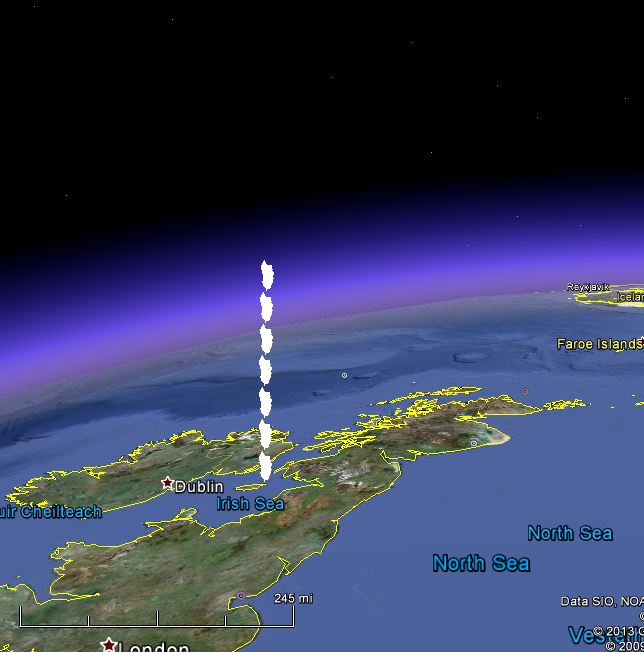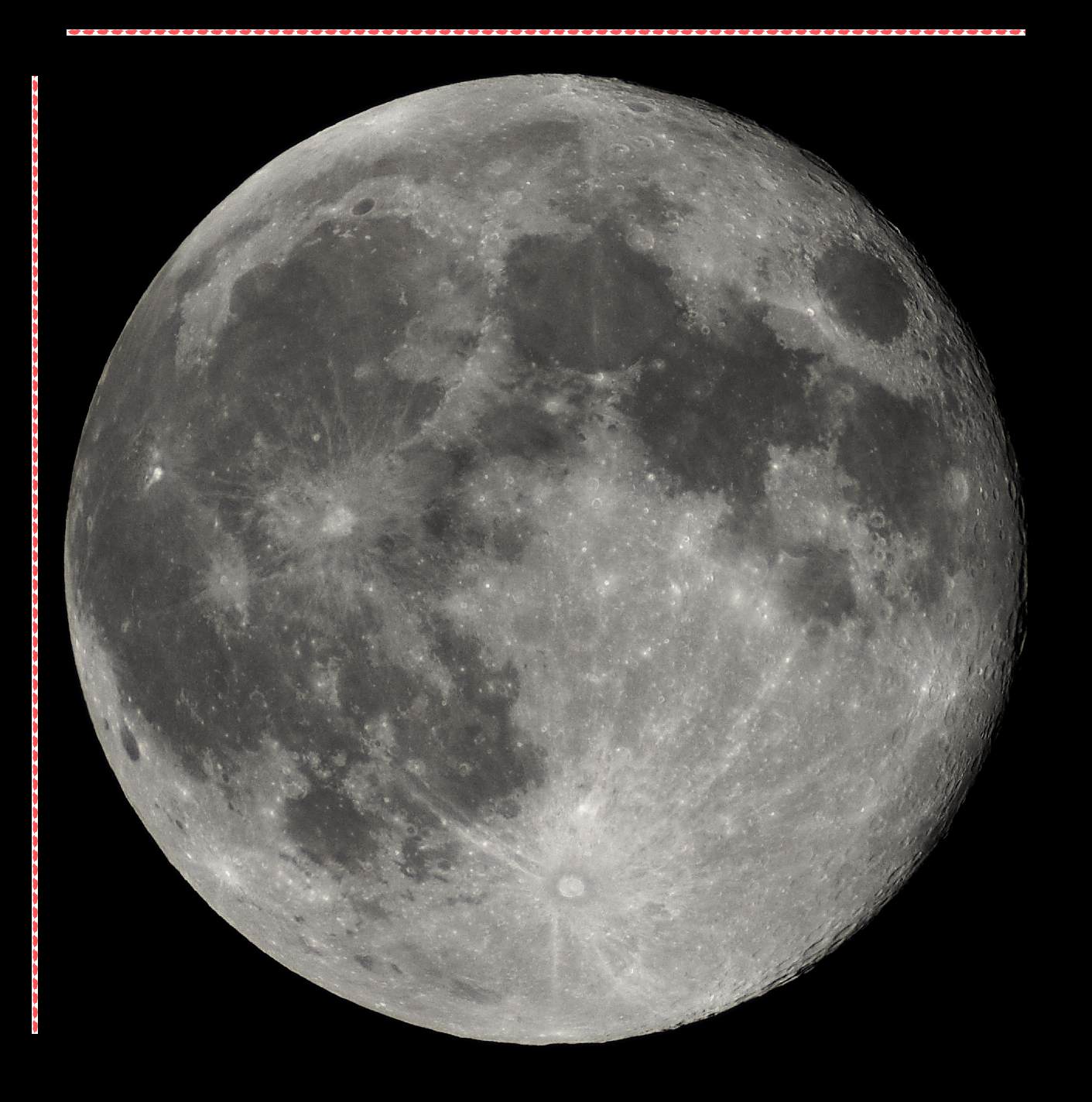
|
The IU (Island Unit)
(making sense of some distances using a local reference size) Conventional measures as used in astronomy are meaningless in terms of everyday life. Two commonly used measures, the LY (Light Year) and the AU (Astronomical Unit) only mean something as a number reference to distance scales way beyond daily experience. The much smaller LD (Lunar Distance) is similarly "off the scale", and indeed, without knowledge of the proportionate size of the Earth and Moon at either end is visually meaningless. This is often overcome by describing the distance to the Moon as 30 Earth diameters, affording an easy visual image because it encompasses not one, but two dimensions. The description alone of 1 LD or 238,000 miles, poorly conveys the actual picture. Perhaps surprisingly, at relatively low values, even the humble mile or kilometre in a few multiples often leaves many of us adrift. For instance, what does 62 miles, or 100 km actually look like? The relevance of these two figures will become apparent shortly. Welcome to the IU (Island Unit). 1 IU = 32 miles = 52 km = the length of the Isle of Man. Let's begin with "How far is space". There is no definite boundary where space begins and Earth's environment ends, for as you get higher, the air progressively gets ever thinner, and is still present though very rarified in what would be termed outer space. However, because humanity needs boundaries, we need to "draw the line" at some point, if only to determine where space law begins. By international agreement the point that "space" begins has been decreed to be 62 miles, or 100 km. Substituting these numbers into the equation above, we can now describe space in terms of IU. For practical if not legal purposes, the result is that we can now say that Space begins at 2 IU. That's the IU in action, as shown below. |
|

|
|
|
Let's look just a little further afield now, to the International Space Station (ISS). How far is that? Well it is a good bit further than the 2 IU to space, but still readily conceivable in terms of the IU. The ISS orbits just below 7 IU, and you can check here if you want to know when and where it can next be seen passing over the Island. As you look up at it, bring to mind the 7 IU that stretches out into space. Looking at the picture below, it is worth noting that the highest point on Earth, Mount Everest, is a little less than a quarter of an IU. |
|

|
|
|
Now it is time to take a journey to the Moon. This is beyond simple IU pictorial representations as above, but as an easy number to remember, the Moon is 7,500 IU ahead of us. On the way, you'll pass through the geostationary orbit location where many communication, weather, and TV satellites live, some 700 IU above the equator. That's 100 times higher than the ISS orbits. Although it's not possible to imagine 7,500 IU laid end to end, nor indeed the lesser figure of 700 IU to geostationary orbit, you will pass all 7,500 IU on your way to the Moon. At the end of your journey, we'll take at look at our Moon in IU.
|
|
|
Geostationary satellites orbit at this distance at 695 IU |
|
|
Finally, we've arrived! As we look at the full Moon from Earth, we might wonder how that measures up in terms of our IU. Well, the Lunar diameter is just over 67 IU, so it becomes obvious that making out a feature as small as 1 IU with just the naked eye is well nigh impossible. You'll need a telescope for that. The image of the Moon below shows vertical and horizontal "rulers" 67 IU in length. You may click the image to open it full size in a new window. In this new window, a click anywhere on the image will overlay a grid of 1 IU x 1 IU squares, allowing you to gain an approximate idea of feature sizes in relation to the Isle of Man. A further click will remove the grid. |
|

|
|
|
Well, that's all for the IU just now. It will likely make further appearances as appropriate. |
|